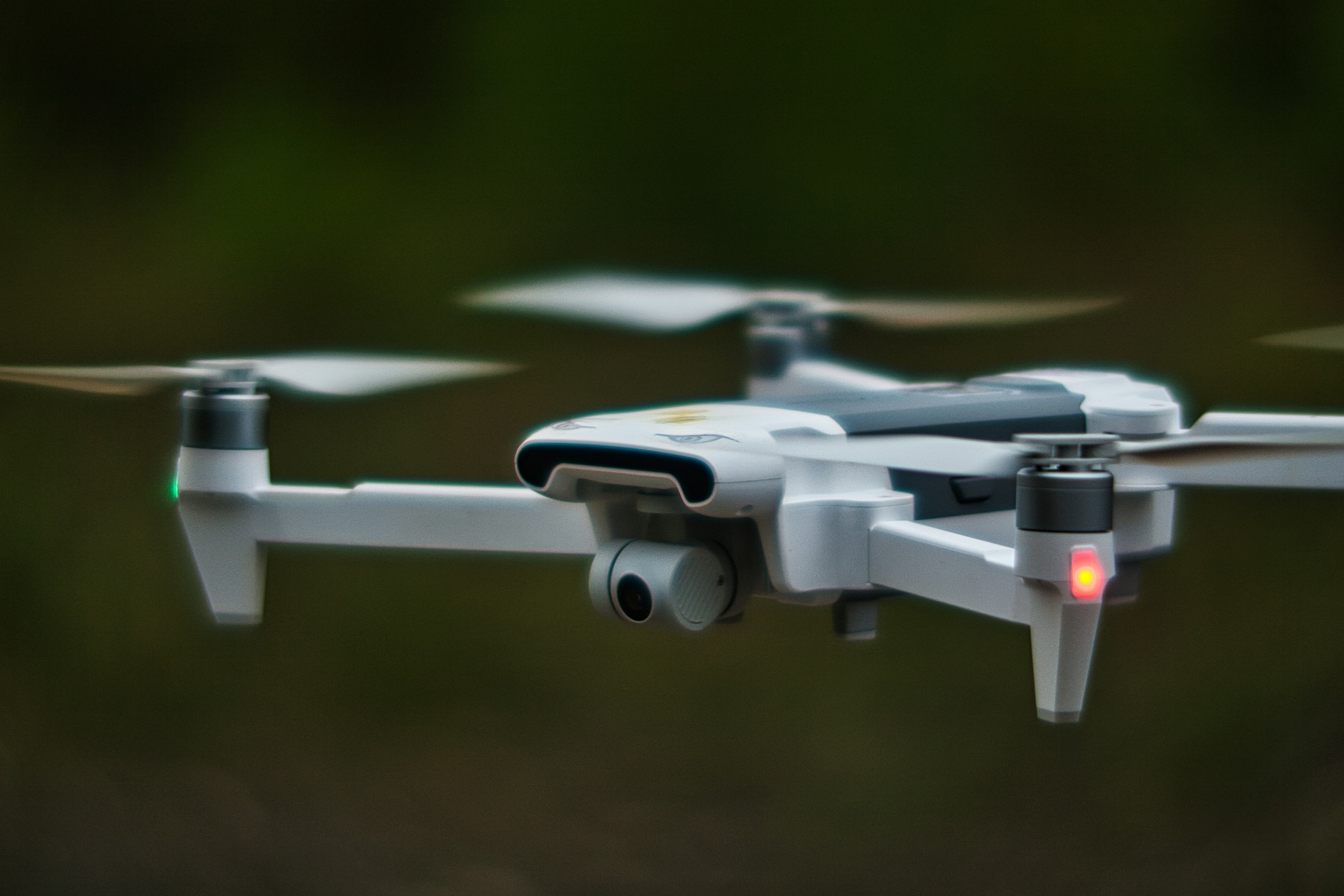
Top 10 Skills in UAV Careers According to LinkedIn & Indeed Job Postings
Unmanned Aerial Vehicles (UAVs), or drones, are powering a technological boom—from aerial inspections and surveying to delivery, emergency response, and R&D across the UK. The drone sector is projected to jump from around £95 million in 2023 to over £1.5 billion by 2031, making it a vibrant and expanding field with diverse career paths.
Whether you're aiming to be a pilot, engineer, analyst, or operations manager, understanding what employers are demanding is vital. This article distils insights from current LinkedIn and Indeed job listings to present the Top 10 UAV skills in demand for 2025. You'll also get advice on how to showcase these skills on your CV, ace interviews, build impactful projects, and tackle a 12-week learning path—all polished for UK hiring trends.
Quick Summary: Top 10 UAV Skills Employers Want in 2025
Licensed Drone Operation & Flight Planning
UAV Systems Understanding (Mechanics, Electronics, Software)
Data Capture, Processing & Analysis
Troubleshooting, Maintenance & Technical Repair
Regulatory Compliance & Licensing (CAA Operator/Flyer ID)
Aerial Mapping, Photogrammetry & GIS
Autonomy & AI-assisted Navigation
Safety, Situational Awareness & Risk Management
Communication, Attention to Detail & Flexibility
Domain Adaptability: Inspection, Delivery, Surveying, etc.
1) Licensed Drone Operation & Flight Planning
Why it matters:Commercial roles require certified operators—with valid CAA Operator and Flyer IDs—understanding VLOS, altitude limits, and defined control zones.
How to show it:
Include licensing details and experience planning flights.
Emphasise familiarity with flight control systems or autopilots like PX4 or Ardupilot.
2) UAV Systems Understanding (Mechanics, Electronics, Software)
Why it matters:Drone professionals increasingly need systems-level knowledge—covering airframes, motor control, batteries, sensors, and software.
How to show it:
Highlight any integration, build, or engineering work you’ve undertaken on embedded systems or autopilot firmware.
3) Data Capture, Processing & Analysis
Why it matters:Drones often gather imagery or sensor data—orbitally for surveying, inspection, or mapping. Employers value people who can process, analyse, and deliver useful insights.
How to show it:
Showcase projects involving GIS, photogrammetric mapping, or visual interpretation.
4) Troubleshooting, Maintenance & Technical Repair
Why it matters:Mechanical or flight failures can ground missions. Skilled UAV staff must troubleshoot hardware, software, or sensor issues in the field.
How to show it:
Emphasise maintenance procedures, fault diagnosis, or case studies where you quickly resolved technical challenges.
5) Regulatory Compliance & Licensing
Why it matters:UK drone work is regulated—pilots must comply with CAA’s Drone Code, categorise missions properly, and adhere to no-fly zones and authorisations.
How to show it:
Include operational role experience under specific categories or applying for permissions beyond the Open category (e.g., A2/A3 or Specific).
6) Aerial Mapping, Photogrammetry & GIS
Why it matters:Applications like land surveying, agriculture, construction, and real estate rely on accurate 3D mapping or geospatial imagery.
How to show it:
Provide examples of using tools like Pix4D, Agisoft Metashape, or QGIS to process and deliver mapping datasets.
7) Autonomy & AI-Assisted Navigation
Why it’s emerging:Next-gen systems use AI to assist navigation, obstacle avoidance, or swarming operations, especially in low-visibility or complex environments.
How to show it:
Highlight any proof-of-concept using ML perception, autonomous waypoint planning, or sensor fusion.
8) Safety, Situational Awareness & Risk Management
Why it matters:Public safety and privacy are high stakes. Employers need operators who can assess risk, adapt to weather or changing zones, and remain vigilant.
How to show it:
Detail risk assessment steps you followed, pre-flight checks, or contingency planning.
9) Communication, Attention to Detail & Flexibility
Why it matters:Pilots and UAV staff must coordinate with ops teams, landowners, project managers, or clients. Clear communication and adaptability are essential.
How to show it:
Illustrate successful missions requiring teamwork, stakeholder communication, or client coordination.
10) Domain Adaptability: Inspection, Delivery, Surveying, etc.
Why it matters:Jobs span diverse fields—inspection, delivery, surveying, cinematography, emergency response—and ability to adapt matters.
How to show it:
Include varied use-cases you’ve executed—or be clear about domain interest and related transferable skills.
How to Prove These Skills
Portfolio: Flight logs, mapping outputs, sensor data, and maintenance records.
CV: Metrics like flight hours, job accuracy, safety records.
Keywords: Use terms target employers include: CAA licensing, PX4, mapping, autonomy, risk assessment, etc.
Interview prep: Recount mission stories—planning, adaptation, results, and what you learned.
UK-Specific Hiring Insight
The UK drone market is expanding fast, with firms like Tekever (homegrown UAV manufacturer) driving growth in aerospace and service sectors.
Roles now span piloting, hardware, software engineering, manufacturing, inspection, and operational leadership.
Local hubs for aerial tech are opening new opportunities in emergency services, surveying, and green logistics.
Suggested 12-Week Learning Path
Weeks | Focus Areas |
|---|---|
1–2 | CAA certifications + basic flight skills |
3–4 | Drone systems & fault diagnosis |
5–6 | Data capture & mapping—drone to GIS |
7–8 | Autonomy demos or waypoint programming |
9–10 | Safety planning & risk assessments |
11–12 | Final capstone—full mission reel + analysis deliverable |
FAQs
Q: What is the most in-demand UAV skill in the UK?A: Licensed drone piloting—with data mapping skills—shows up most in job postings.
Q: Are regulations tricky to navigate?**Yes—the UK’s CAA Drone Code, categories, and operational authorisations require ongoing compliance.
Q: Do employers look for soft skills?**Definitely. Communication, attention to detail, and adaptability are often highlighted alongside technical skills.
Final Checklist
CV: Emphasise piloting hours, licenses, mapping projects, problem-solving stories.
Skills section: Include flight planning, CAA compliance, mapping software, autonomy basics, safety protocols.
Portfolio: Flight logs, mapping outputs, demo videos, software scripts.
Keywords: Reflect current UK job listing language: "Operator ID", "GIS mapping", "data capture", "safety assessment".
Conclusion
To stand out in UK UAV roles in 2025, mix solid piloting credentials, strong system understanding, smart data skills, and clear operational judgement. Show real-world success via well-documented projects, and you’ll be primed for opportunities across inspection, surveying, delivery, and autonomous development.


